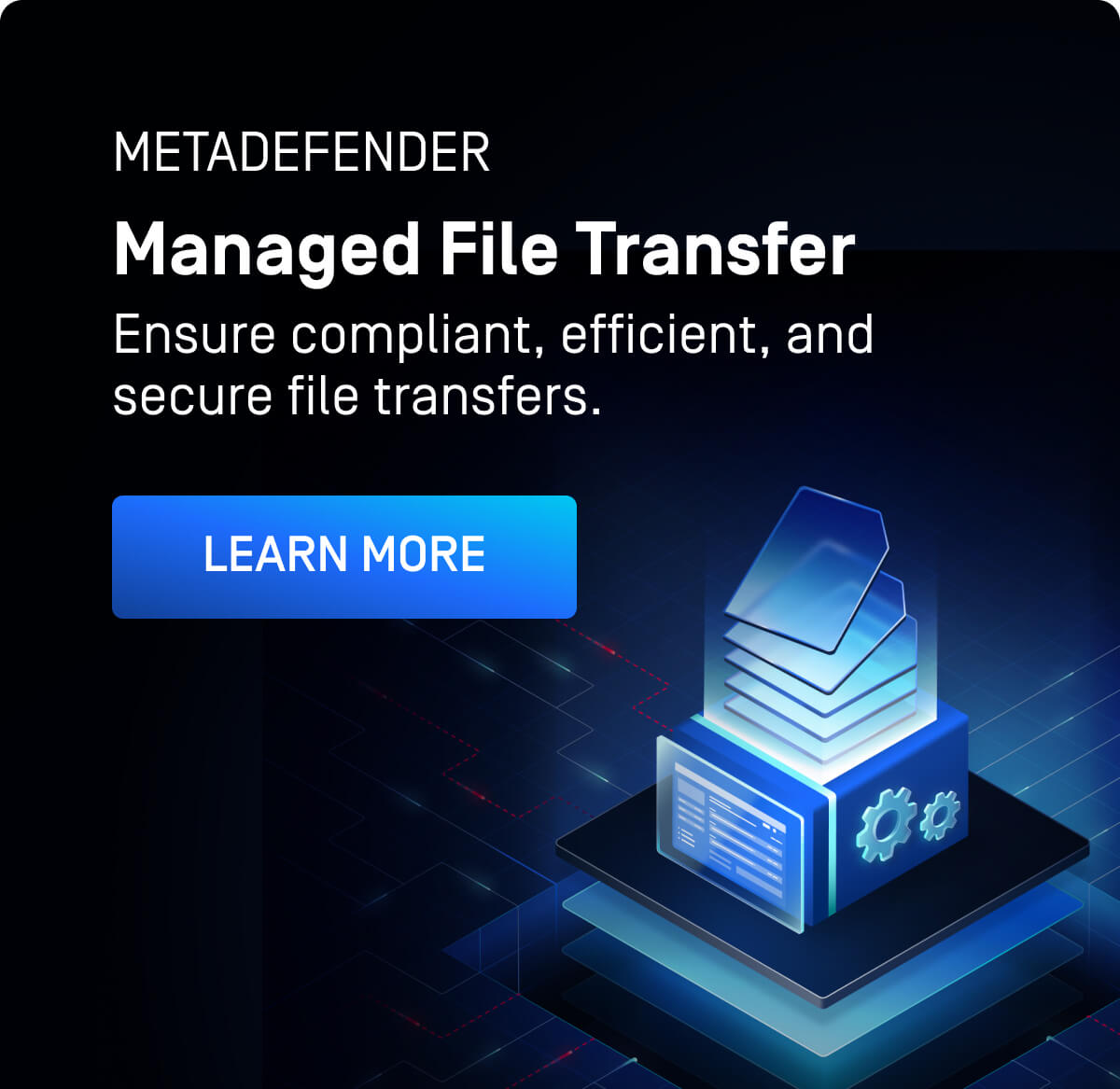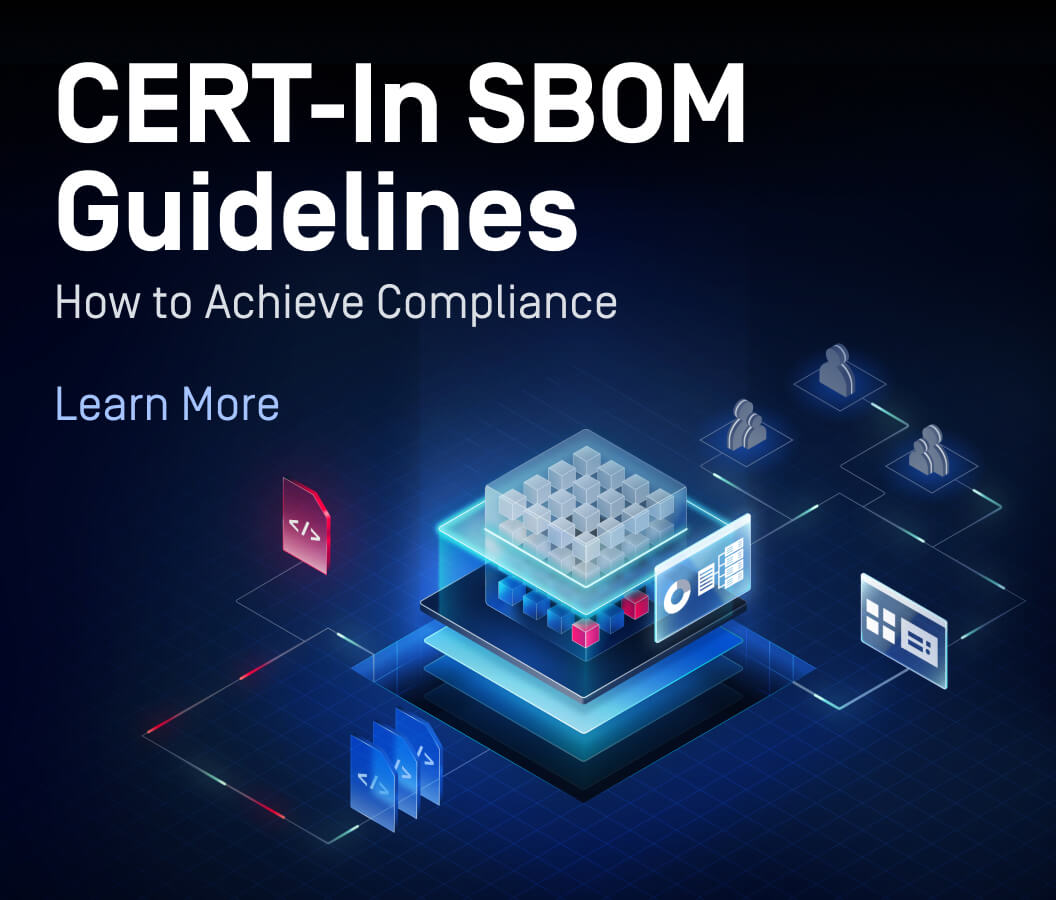The size of the global industrial automation market reached some 175 billion U.S. dollars in 2020... In 2025, the size of the global industrial automation market should reach roughly 265 billion U.S. dollars.
Statista, 2023
The Modernization Imperative in IT-OT Environments
The convergence of IT (Information Technology) and OT (Operational Technology) systems marks a critical shift for organizations striving to modernize workflows and enhance productivity. As industries become increasingly interconnected, bridging these historically separate domains has shifted from being a technical challenge —such as managing siloed systems, securing real-time data exchanges, and automating manual processes—to a business imperative driven by the need for operational efficiency, stronger collaboration and enhanced security.
In 2022, Gartner predicted that automation would become a priority for 70% of organizations by 2025, driving flexibility and efficiency. Automation is increasingly seen as a foundational element of collaboration in IT-OT environments, enabling seamless workflows, reducing errors, and fostering real-time data sharing between systems. By integrating automation within collaborative frameworks, organizations can create unified ecosystems where data flows securely and efficiently across both domains.
Those who fail to modernize their workflows risk falling behind competitors already leveraging these advancements to accelerate innovation and improve response times. This challenge is especially pressing for critical infrastructure industries where delays or inefficiencies can impact not only business outcomes but also public safety and service continuity.
Opportunities in IT-OT Integration
According to Future Market Insights, the global managed file transfer market was expected to be worth USD 2 billion in 2023 and is anticipated to grow to USD 5.3 billion by 2033, reflecting a compound annual growth rate (CAGR) of 10.1% over the forecast period.
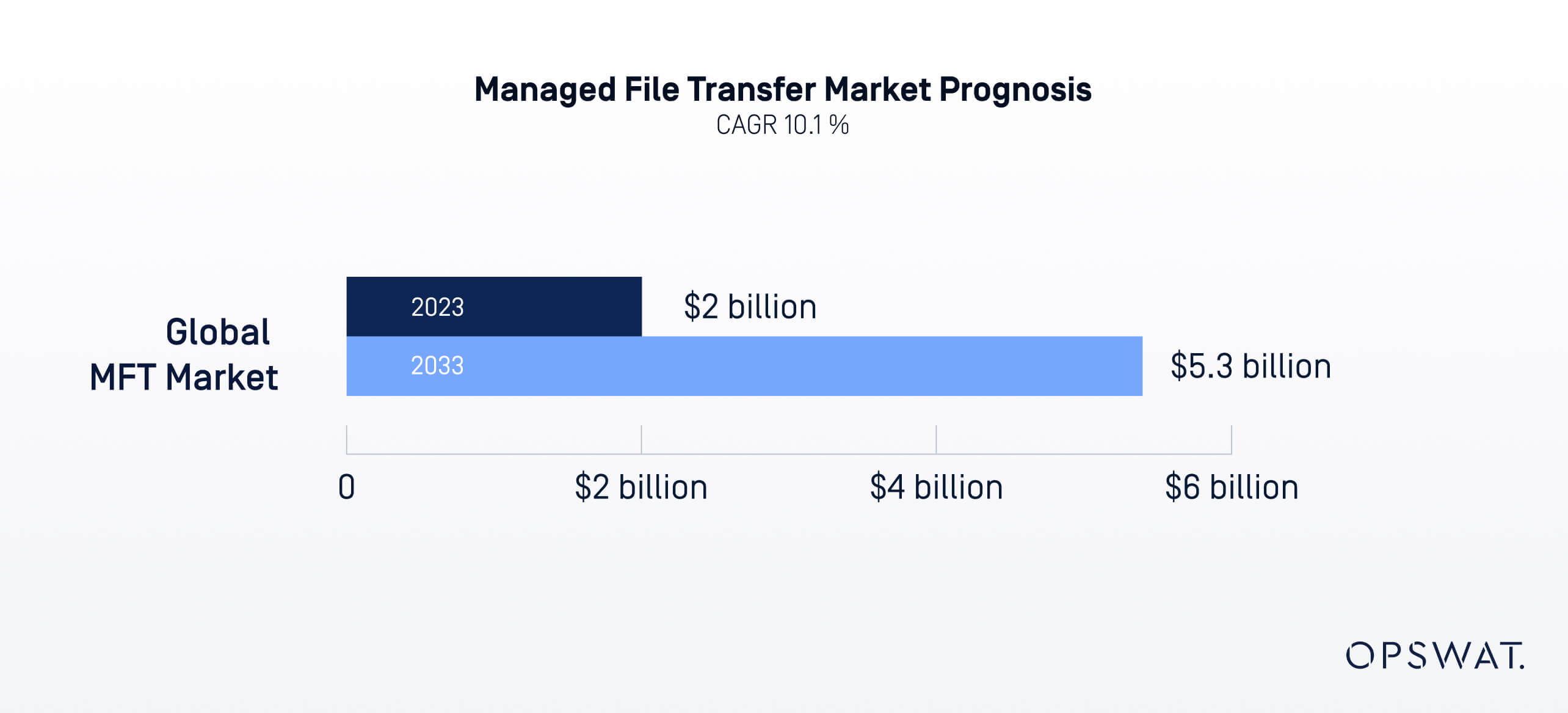
These predictions reflect a clear trend: industries worldwide are increasingly investing in technologies that automate workflows, streamline operations, reduce inefficiencies, and enhance business productivity. For organizations managing IT and OT systems, the stakes are even higher as traditional siloed operations fail to keep up with the demands of a digitally connected world.
In manufacturing, for instance, disconnected systems delay production schedules and disrupt supply chains, costing millions annually. Similarly, energy operators face operational blind spots that leave them vulnerable to outages and cyberattacks. This isn’t just an inconvenience—it’s a liability.
When enabled by Managed File Transfer (MFT) solutions, IT-OT integration creates opportunities that transform pain points into competitive advantages. Here are the top 4 opportunities every CISO should leverage:
1. Enabling Seamless Communication Across Silos
Siloed IT and OT systems limit communication, creating inefficiencies and duplication of effort. Imagine a logistics company unable to synchronize real-time shipment data between its IT infrastructure and OT devices. Delays in data sharing would lead to missed deliveries, impacting both customer satisfaction and revenue.
MFT solutions enable an integrated, efficient ecosystem by facilitating secure communication while preserving the necessary isolation of silos. Centralized file management ensures seamless, secure, and real-time data exchanges without compromising critical network protections.
2. Enabling Real-Time Decision-Making
Decision-making in critical industries is only as effective as the data driving it. Relying on manual transfers slows processes, leaving organizations reactive instead of proactive.
Consider a service provider reacting to a grid failure with outdated processes. The result would be disastrous with delayed critical repairs risking public safety. By automating workflows, however, MFT solutions can eliminate delays and allow teams to act on real-time insights.
3. Modernizing Workflows to Minimize Errors
Repetitive, manual processes burden critical industries with human errors and inefficiencies. Healthcare providers relying on manual file transfers for patient data risk both compliance violations and delayed care, potentially endangering lives.
Failure to modernize workflows could result in unsustainable operations as demands grow. MFT solutions automate these processes via logic-based workflows, ensuring consistency and reliability while minimizing errors and compliance risks.
4. Secure Collaboration Across IT and OT Environments
Lack of visibility across IT-OT environments creates blind spots, making it nearly impossible to detect anomalies or ensure secure collaboration. In an energy grid scenario, failure to trace data flows in real time could lead to prolonged outages and significant financial losses.
MFT solutions address this issue by offering granular permissions, detailed audit trails, and centralized real-time monitoring. These features enhance accountability and create a foundation for secure collaboration.
The Essential Features Powering IT-OT Integration
Modern industries demand advanced tools to manage IT-OT integration. The stakes are higher, with organizations juggling security, efficiency, and compliance in increasingly complex environments. Traditional approaches—whether manual file handling or ad-hoc SFTP solutions—are no longer sufficient.
Managed File Transfer solutions have evolved to meet these demands, offering a range of capabilities designed to enable secure, seamless, and automated workflows.
Security Innovations
Standard security measures such as basic encryption fail to address advanced threats or regulatory requirements. MFT solutions address these risks with advanced security measures, including:
- Zero-Trust architecture to prevent unauthorized access
- TLS 1.3 and AES-256 encryption for data protection in transit and at rest
- Multiscanning and Sandboxing technologies to detect and mitigate advanced threats, including zero-day exploits
- Content Disarm and Reconstruction to mitigate the risk of unknown and zero-day exploits before reaching critical systems
- Vulnerability assessment to prevent targeted attacks exploiting third-party application vulnerabilities
Automation and Workflow Efficiency
Relying on manual workflows in critical environments introduces inefficiencies and risks. MFT solutions enhance workflow efficiency through:
- Automation of repetitive tasks, minimizing human intervention and reducing errors
- Logic-based workflows for reliable and consistent data processing and transferring to secure, designated locations
- Seamless integration with platforms like SFTP, SMB and SharePoint Online for cross-system compatibility
Visibility and Centralized Management
Without centralized oversight, organizations face compliance risks and operational blind spots. MFTs provide:
- A single pane of glass for real-time monitoring of all file transfers
- Detailed audit trails to ensure accountability and simplify regulatory compliance
- Role-based access controls and supervision to manage permissions and safeguard sensitive data
Deployment Flexibility
Dynamic IT-OT environments require solutions that can adapt to varied demands. MFTs offer:
- Support for diverse deployment scenarios, including multi-directional data exchanges
- Cross-network integrations to bridge IT and OT environments securely
- Scalability to meet the evolving needs of global operations
Modern MFT solutions are not just tools—they are enablers of transformation. By addressing the pressing challenges of IT-OT integration, these solutions empower organizations to innovate, operate efficiently, and remain resilient in an evolving digital landscape.
Case Studies and Practical Applications
The tangible benefits of Managed File Transfer solutions are evident across various industries. Below are real-world examples demonstrating how organizations have leveraged OPSWAT’s MetaDefender Managed File Transfer (MFT) to enhance security, efficiency, and compliance.

Manufacturing
A leading automotive manufacturer faced security gaps and operational inefficiencies due to a fragmented multi-vendor setup. By deploying OPSWAT’s MetaDefender Managed File Transfer (MFT) and MetaDefender Kiosk, the company created a secure, unified system for file scanning, transfer, and visitor management.
This integration reduced vulnerabilities using Multiscanning and Deep CDR while streamlining operations with consistent policy enforcement and advanced visibility. The result was a strengthened cybersecurity posture and improved efficiency across global production systems.

Healthcare
A major healthcare provider fell victim to a ransomware attack that encrypted its servers, exfiltrated sensitive data, and compromised its entire system. To restore operations safely, Unique Wire deployed MetaDefender Managed File Transfer (MFT), which isolated and scrubbed all files before migrating them to a clean server.
Utilizing advanced features like Deep CDR and multiple anti-malware engines, the solution ensured a secure recovery and allowed the provider to resume operations without further disruption.
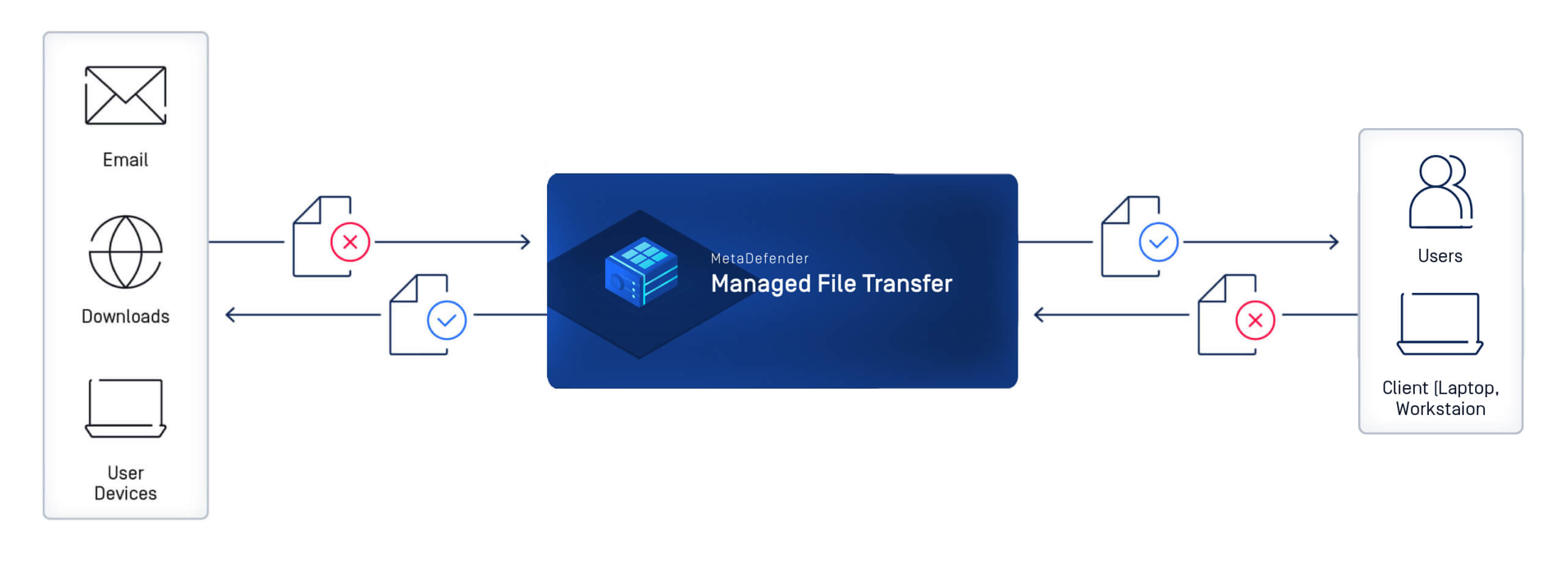
Energy
Faced with escalating cyberthreats, a major energy provider in Vietnam implemented MetaDefender Managed File Transfer (MFT) to secure data exchanges between IT and OT environments. The solution standardized file sanitization using technologies like Deep CDR and Multiscanning, ensuring malware-free transfers and reducing risks posed by removable media such as USB drives.
By integrating MFT alongside other OPSWAT solutions, the provider enhanced its cybersecurity posture, achieving seamless and secure operations while protecting critical infrastructure against evolving threats.
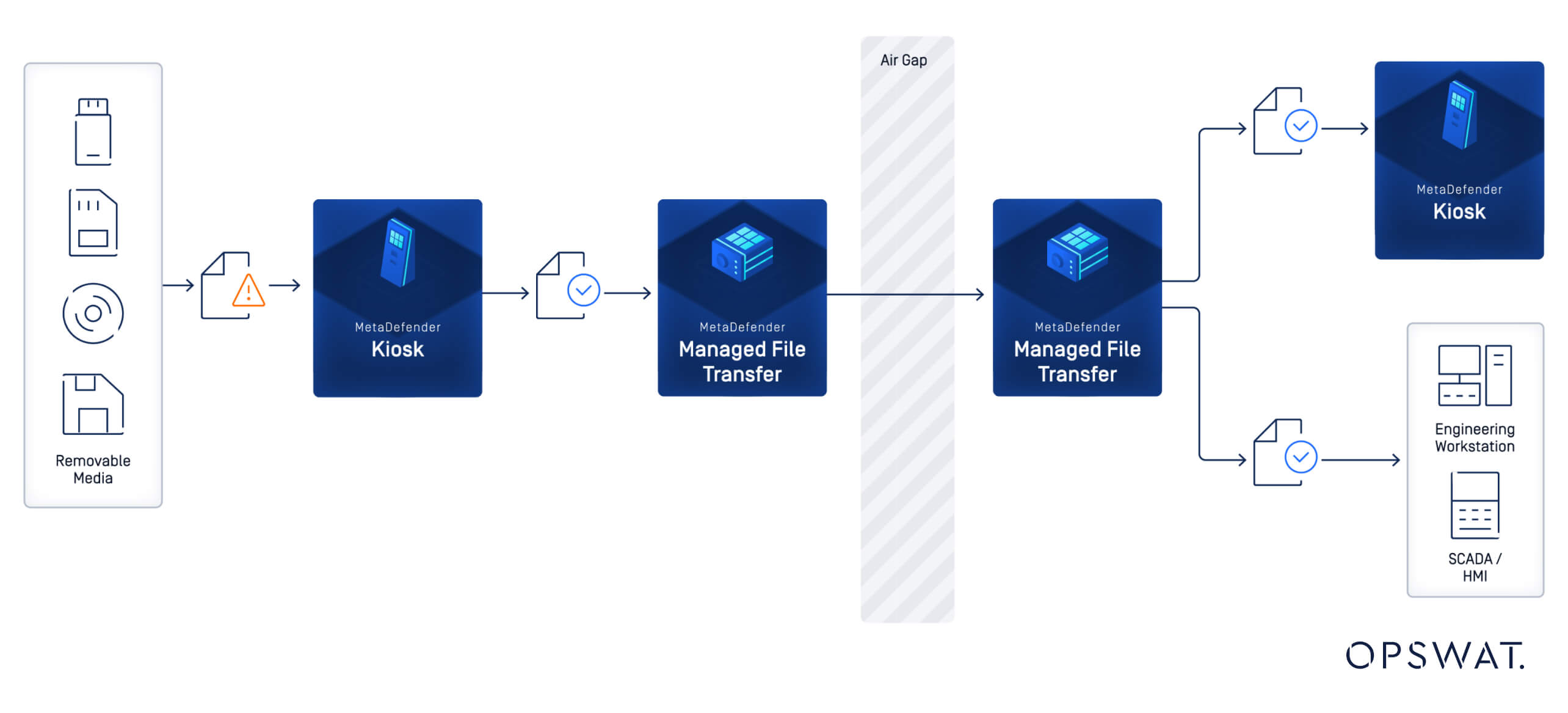
Future Trends and Innovations
New technologies and approaches are reshaping the landscape of cybersecurity, offering organizations opportunities to strengthen security, enhance productivity and operational efficiency. From advancements in AI to the growing reliance on hybrid environments, the future of IT-OT convergence is one of rapid innovation.
Artificial intelligence is transforming how organizations approach automation and decision-making. In IT-OT environments, AI can analyze large volumes of operational data in real time, enabling predictive maintenance, optimizing workflows, and reducing downtime.
Hybrid environments combining on-premises and cloud-based systems are becoming essential for managing diverse workloads. MFT solutions support secure data transfers and compliance across these setups, ensuring operational consistency and collaboration between IT and OT domains.
Predictive analytics integrated with MFT tools enables trend monitoring and anomaly detection in IT-OT data flows, facilitating proactive decision-making and minimizing disruptions. This capability enhances operational efficiency.
Sustainability goals are increasingly influencing how organizations approach IT-OT convergence. Automated workflows and real-time data sharing enabled by MFTs reduce resource consumption by eliminating redundant processes and manual tasks. These technologies contribute to both environmental sustainability and cost savings.
Driving Enhanced Productivity Through IT-OT Convergence
The integration of IT and OT environments is transforming how organizations operate, creating opportunities to modernize workflows and enhance productivity. MFT solutions play a pivotal role by automating data exchanges, reducing inefficiencies, and supporting faster decision-making. These tools also strengthen collaboration by centralizing data management and ensuring compliance with regulatory standards.
In critical industries, MFT mitigates risks while maintaining operational continuity. By bridging the IT-OT gap, MFT solutions empower organizations to innovate and thrive in an era of digital transformation.
Explore how OPSWAT’s MetaDefender Managed File Transfer (MFT) can secure your IT-OT integration, automate workflows, and drive operational efficiency to help your organization thrive in today’s digital landscape.

